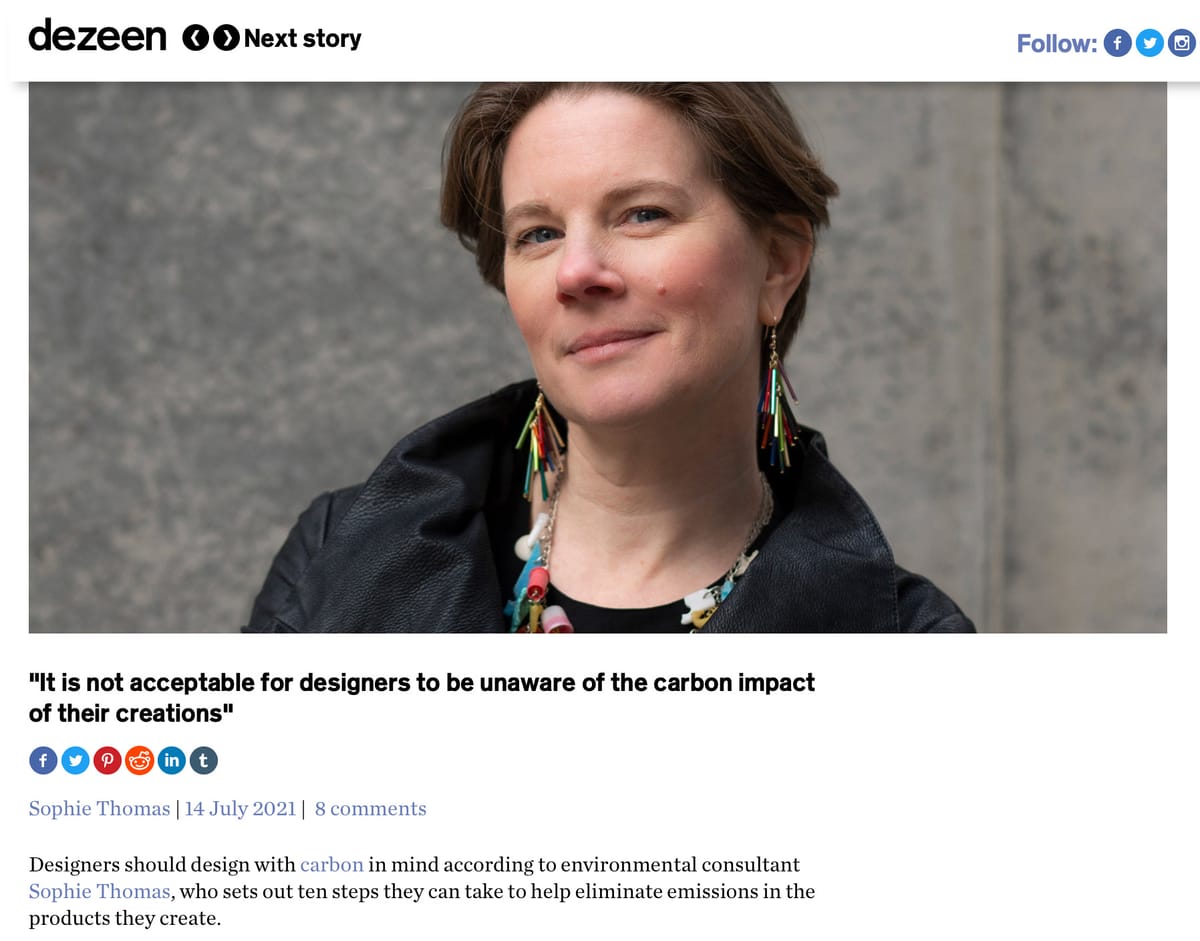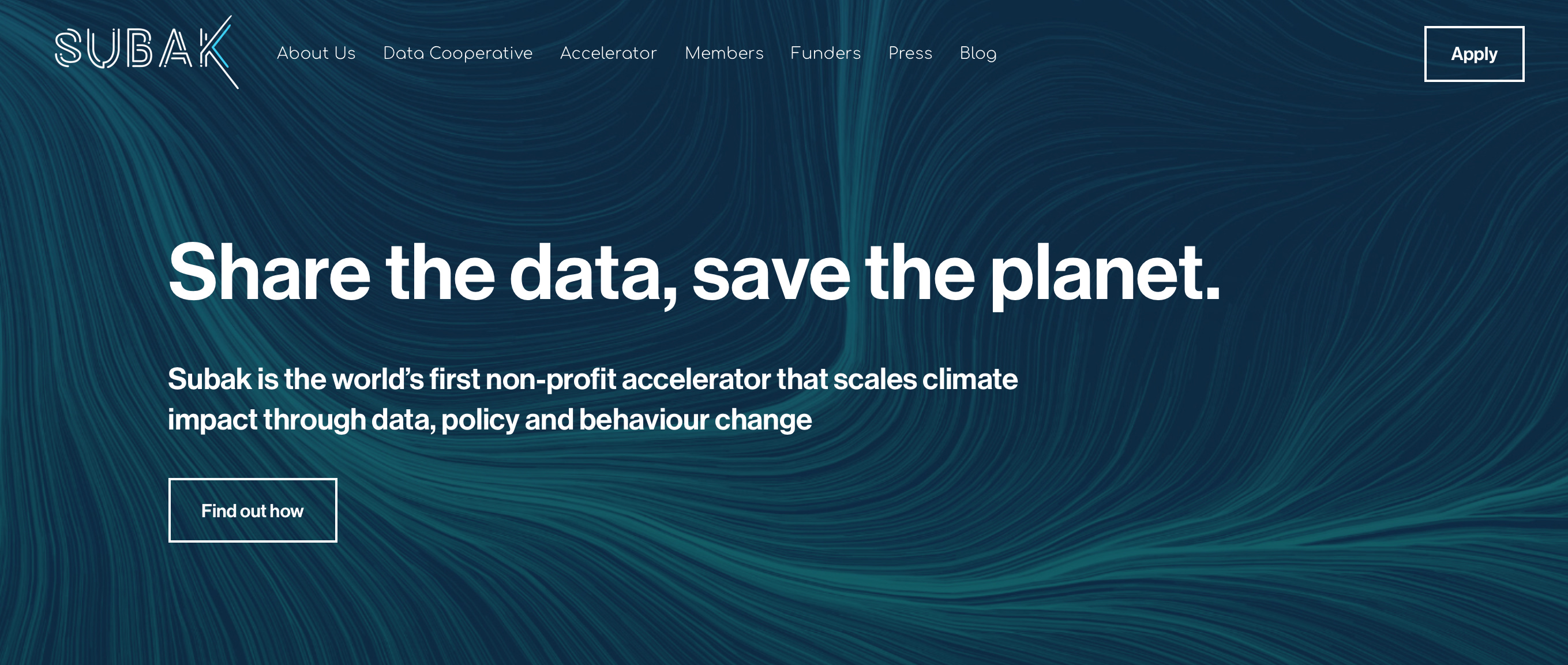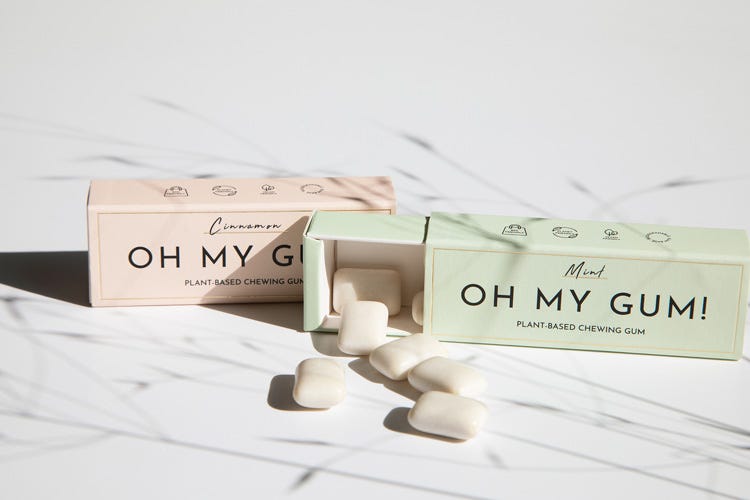
“It is not acceptable for designers to be unaware of the carbon impact of their creations” says URGE’s Sophie Thomas in a piece for Dezeen. “Efforts to tackle the climate crisis have focused on a transition to renewable energy and energy efficiency. But this only addresses 55 per cent of emissions. The remaining 45 per cent comes from producing the products we use every day, showing that we must shift our thinking towards a more circular, zero-carbon design process.” In the piece, Sophie lists ten ways in which designers can help reduce the impact of the products they create. /
Also in Dezeen comes the unsurprising but nonetheless depressing news that fewer than six per cent of UK architecture firms have signed up to a RIBA climate initiative aimed at achieving net-zero carbon emissions from buildings they design. Just 230 of the 4,000 Royal Institute of British Architects chartered practices have signed up to the voluntary scheme helps architects design buildings with net-zero lifecycle emissions by 2030. Read the story here

Subak claims to be “the world’s first non-profit climate impact accelerator”. It wants to use shared data to create “a supportive ecosystem around climate non-profits [which] will lead to faster and better climate action”. As part of its activities, Subak (whose board includes Baroness Worthington and ex-UK Government Minister Lord Jim Knight) will provide grants to climate-orientated non-profits of up to £70k to help them build, test and scale their ideas. More here
In an example of how the move to electric vehicles is spurring interesting new business opportunities and models, the RAC and British Gas have announced a partnership that will see them create a combined offer across EV leasing, home charger installation and a 100% renewable energy tariff. Expect more of these collaborations (and branding challenges) as EV ownership grows. Business Green has the story

Design Week looks at the branding of plastic-free chewing gum. “In a bid to differentiate these products from their plastic predecessors, designers are developing a whole new visual language, with a focus on storytelling and a departure from ‘artificial’ graphics.” Read the story here

